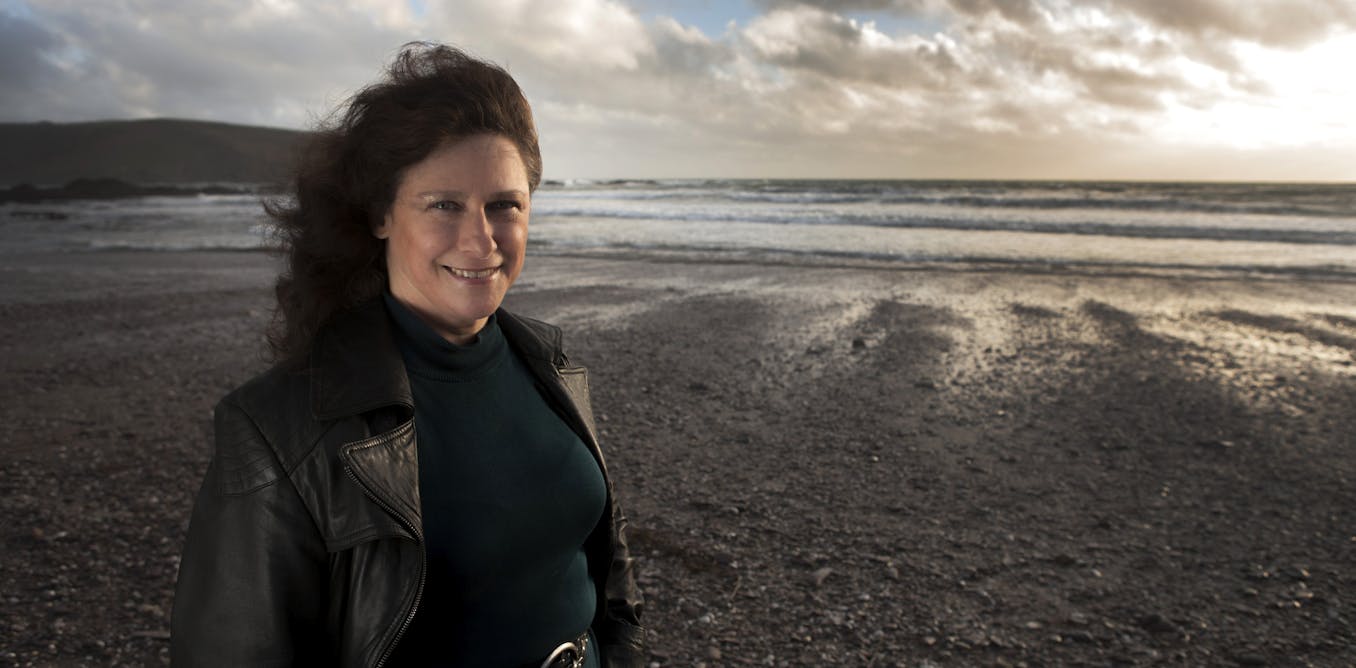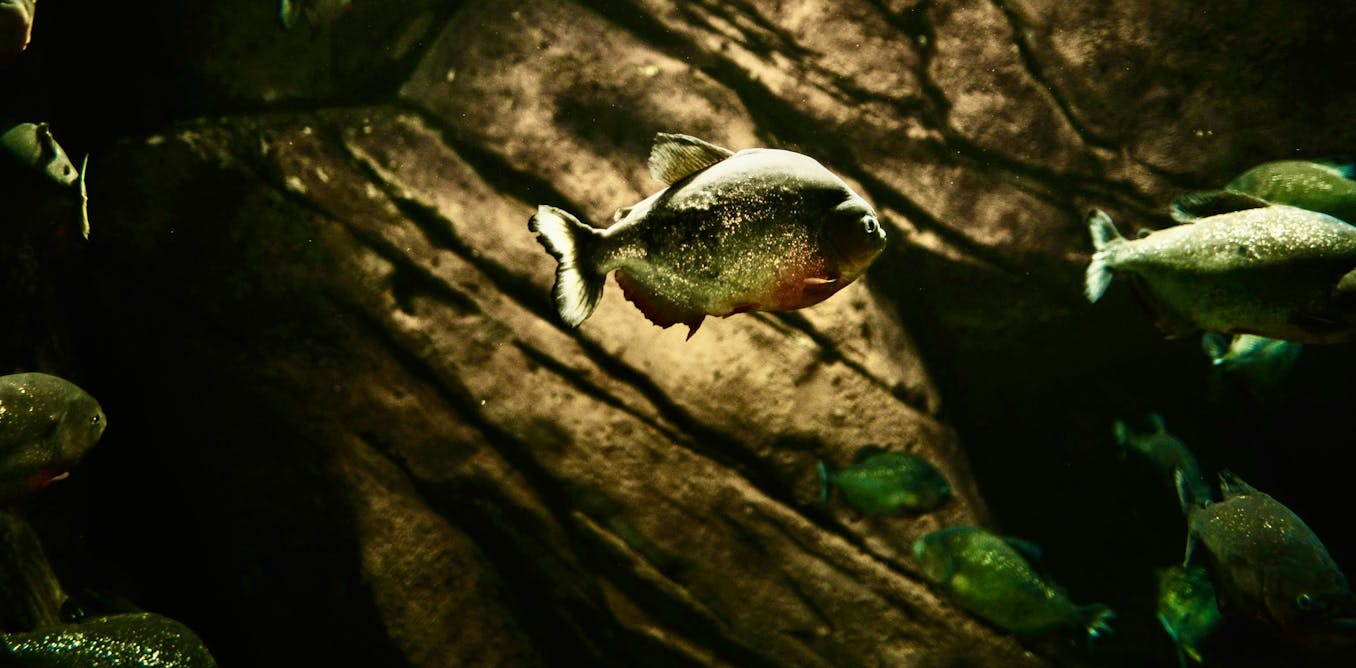The Aral Sea was once one of the largest lakes in the world. But within just a few decades, human actions nearly dried it up. The surrounding regions in Uzbekistan and Kazakhstan have faced drought, soil salinization, and severe sandstorms. However, in recent years, international cooperation has given the Aral Sea a second chance. Large-scale water redirection, resilient vegetation, and a dam are driving the Aral Sea recovery.
Until the mid-20th century, the Aral Sea was the fourth-largest lake on Earth, covering 68,000 square kilometers—roughly the size of Ireland. But in the 1960s, disaster struck. The Soviet Union redirected the Amu Darya and Syr Darya rivers to irrigate vast cotton and rice fields. Without these rivers feeding it, the Aral Sea began to shrink rapidly. By the 1970s, it had already lost a significant amount of water. Today, only 10% of its original surface remains, while the Aralkum Desert has taken its place, growing to 62,000 square kilometers. This expanding desert brings extreme heat, salty soil, and dangerous sandstorms.
A Chain Reaction of Devastation
As the lake dried up, its remaining water became saltier, killing off most fish and plant life. Without the sea acting as a temperature regulator, summers now reach over 42°C, while winters are bitterly cold. A layer of salt formed on the exposed lakebed, preventing new plant growth. Strong winds lift this salt and sand into the air, spreading toxic dust laced with pesticides from old agricultural runoff. These storms have harmed human health and ecosystems across vast distances, even burying entire villages in sand.
A Global Mission for Aral Sea Recovery
The water supply of the region depends on two major rivers: the Amu Darya, which flows through Tajikistan, Uzbekistan, Turkmenistan, and Afghanistan, and the Syr Darya, which runs through Kazakhstan, Tajikistan, and Uzbekistan. With many Central Asian nations struggling with water shortages, international cooperation has become essential.
Since 2017, organizations such as the International Fund for Saving the Aral Sea and the Interstate Commission for Water Coordination in Central Asia have worked to manage water resources. In January 2025, a summit in Dushanbe, Tajikistan, resulted in a major agreement: Kazakhstan will receive 11 billion cubic meters of water through pipelines, with 1.6 billion cubic meters flowing directly into the Aral Sea by spring 2025.
Kazakhstan had already redirected 2.6 billion cubic meters of water to the Aral Sea in 2024. For comparison, in 2022, the amount was just 816 million cubic meters.
Saxaul Shrubs: Nature’s Answer to Desertification
To combat desertification, efforts have focused on reforesting parts of the former lakebed. Since 2021, the “Oasis” project, supported by U.S. development funds, has been planting saxaul shrubs on 500 hectares of land. These tough plants have deep roots that can hold up to 4,000 kilograms of sand, helping to stabilize the soil.
Unlike most vegetation, saxaul shrubs thrive in salty and arid conditions. Their tiny, scale-like leaves minimize water loss, making them ideal for the extreme environment. These shrubs reduce sand and salt storms, improve soil fertility, and create small patches of green in the desert.
The Kok-Aral Dam: Engineering a Comeback
Another key project in saving the Aral Sea is the Kok-Aral Dam. Built in 2005 with financial backing from the World Bank, this 12-kilometer-long dam prevents water from flowing out of the northern part of the lake. Within just a few months, water levels rose by more than three meters, bringing significant ecological and economic benefits.
The fish population began to recover, and local businesses saw an economic boost. In Aralsk, a city that still lies 30 kilometers from its original waterfront, the dam has renewed hope. Investments in the region are increasing as the lake shows signs of revival.
The Return of Fish, Jobs, and Hope
One of the clearest signs of Aral Sea recovery is the return of fish. Between 1957 and 1987, annual fish catches plummeted from 48,000 tons to zero. With the construction of the Kok-Aral Dam, the lake’s salt levels stabilized, allowing fish to return. By 2018, fishing quotas had risen to 8,200 tons—a 600% increase compared to 2006.

The post “From Crisis to Comeback: The Aral Sea’s Recovery” by Sophie Wenkel was published on 02/06/2025 by thebetter.news






































Leave a Reply